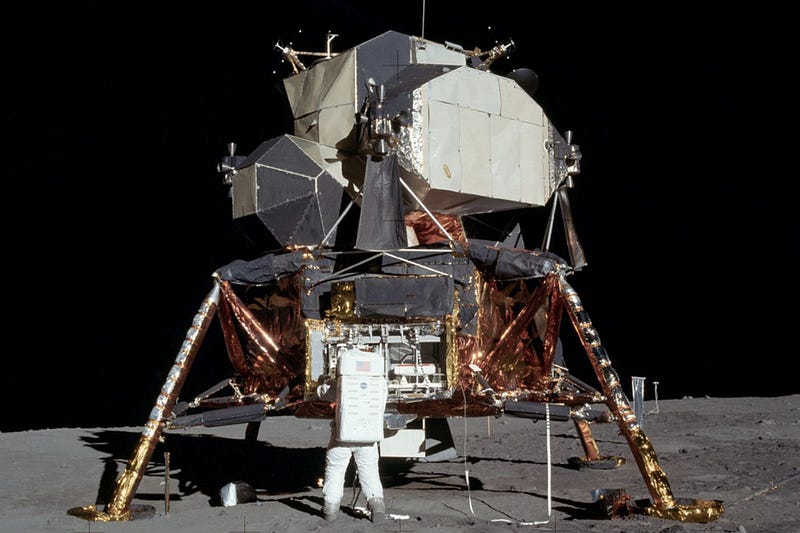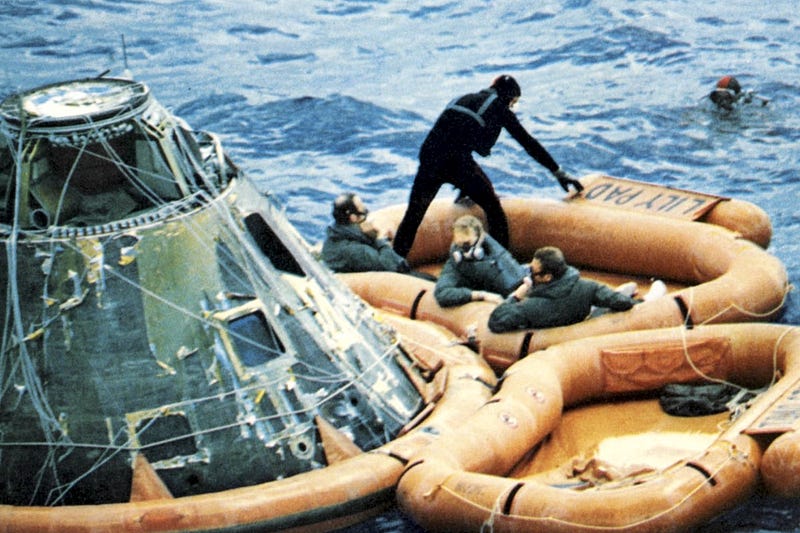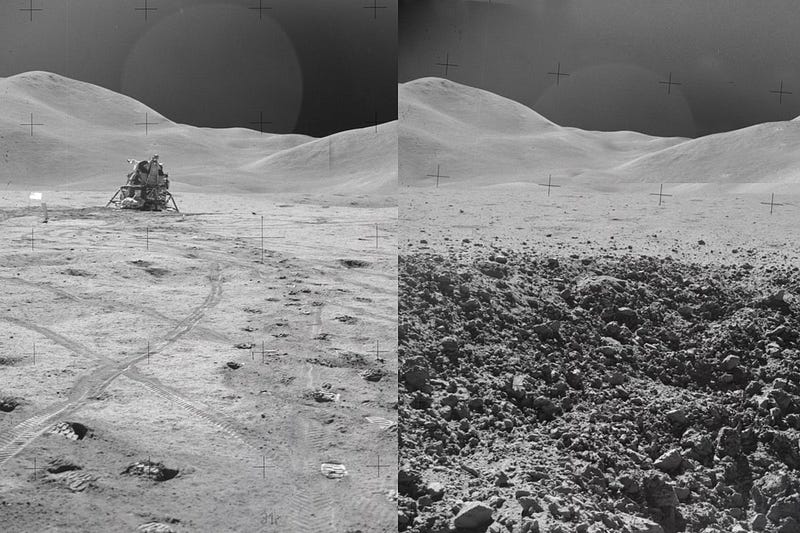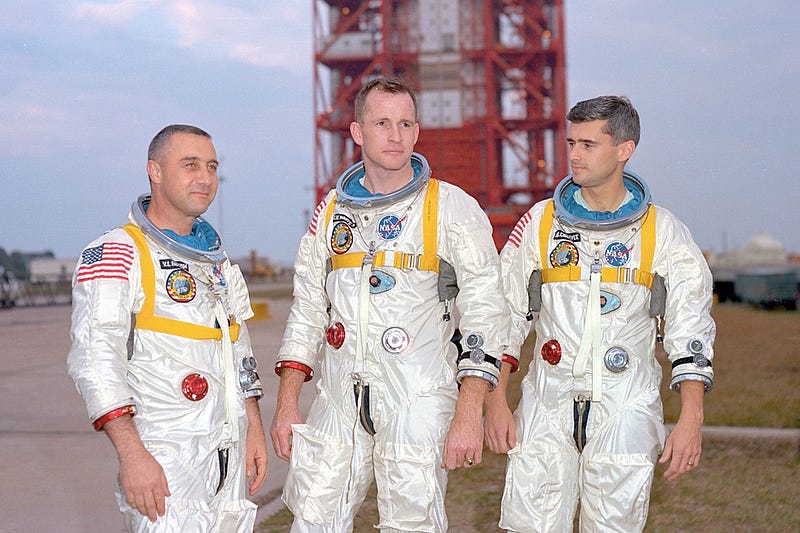Did neil armstrong actually land on moon?
As late as 1967, the Apollo program was in
disarray. They were years behind schedule. Nothing was working properly.
Early missions were repeatedly delayed. A fire in Apollo 1 killed 3
astronauts.
In May 1968, Neil Armstrong was almost killed during failed testing of the Lunar lander. If NASA were unable to successfully land the craft on Earth during testing, what chance did they have to do it on the Moon?
Improbably, just over a year later, everything came together perfectly and on their very first attempt they successfully landed on the Moon without a hitch.
The Apollo landings were more than 45 years ago, yet it remains completely unprecedented as a technical achievement.
Nobody has come anywhere near to replicating what was achieved. Not even the Russians, who were years ahead of the US in the space race, ever came close.
Apollo sent 12 men 240,000 miles to the Moon and back, yet after the last mission in 1972, no other human being has ever travelled more than 400 miles above the surface of the Earth.
Despite being orders of magnitude more complex and dangerous than anything else ever attempted before or since, and despite sending men 600 times further than would ever be achieved again, Apollo’s safety record is miraculous.

NASA today admits it can’t go back to the Moon, citing the lethal effects of radiation.
NASA administrator Dan Goldin gave an interview in 1994 where he admitted they would have to find a way to overcome the effects of cosmic radiation if man was ever to venture out of Earth orbit, despite the fact they had successfully done it 6 times 25 years earlier.
In 2005, NASA again said the radiation problem was a ‘showstopper’ for man ever going back to the Moon.
NASA achieved things 45 years ago using crude technology that we couldn’t do today, one of the few examples in modern human history where mankind’s progress has retreated backwards.
The photographs
The veracity of the photographs of the moon missions is perhaps the most widely and frequently cited issue amongst skeptics of the official story.They point out numerous lighting anomalies, strange artifacts and other oddities in the images.

Several photos appear to show shadows coming from different directions, despite only one direct light source been available — the Sun.
Whilst many of these oddities can be explained, one photo is harder to dismiss. Two images from the Apollo 15 mission taken miles apart show the exact same background, but with different foreground scenes.

Van Allen belts
Moon landing sceptics often cite the Van Allen radiation belts as a reason why NASA must have faked the moon landings.The Apollo lunar module would have had to pass through this large zone of lethal radiation in order to travel to the Moon, which, according to the critics this would almost certainly have killed the astronauts.
Whether this is true or not, NASA themselves currently cite the lethal radiation of the Van Allen belts as a major barrier to future manned missions to the Moon and Mars, despite the fact it was seemingly not a problem back in 1969.
Destroyed evidence
The Apollo landings were one of the most important events in human history, yet NASA have lost or destroyed virtually all of the evidence for it.Amazingly, none of the original film footage of any of the missions survives, only poor quality 3rd and 4th generation video copies. Most of the original plans and blueprints for the lunar module, the lunar rover and other Apollo hardware are also lost or destroyed.
Was such a cavalier attitude to this most momentous of events really credible, or was it to prevent closer scrutiny of the evidence for NASA claims?
In the era of the great explorers in the late 19th and early 20th century, most claims for the discovery of a new land or the achievement of some new milestone had to be independently checked and verified. Yet most of what we know about the moon landings has only one source — NASA themselves.
Mysterious deaths
There have been several deaths surrounding the Apollo landings that skeptics have suggested are suspicious.Gus Grissom’s family firmly believe he was murdered, possibly because of his criticism of the Apollo program.
After the Apollo 1 fire that killed Grissom, NASA safety inspector Thomas Baron delivered a highly critical report on the state of the program but was killed just a week later in a car accident. His report subsequently vanished, heightening suspicions of conspiracy.

But there are lots of evidence backing up the US like the moon rocks they collected, the laser beam reflector put in moon, the conspiracy supporters have nothing to prove anymore as the world already accepts this fact in textbooks.
No comments:
Post a Comment